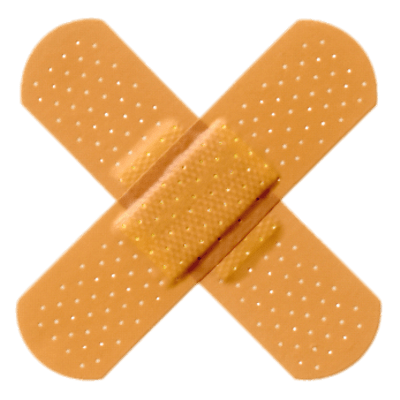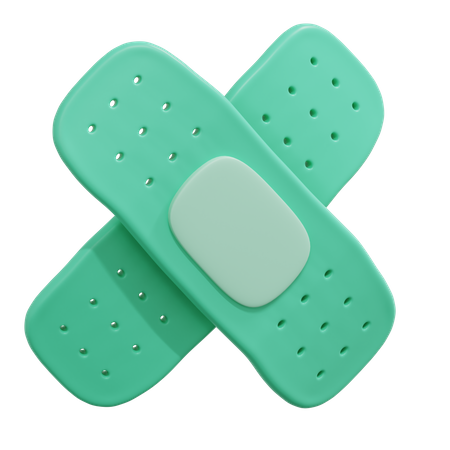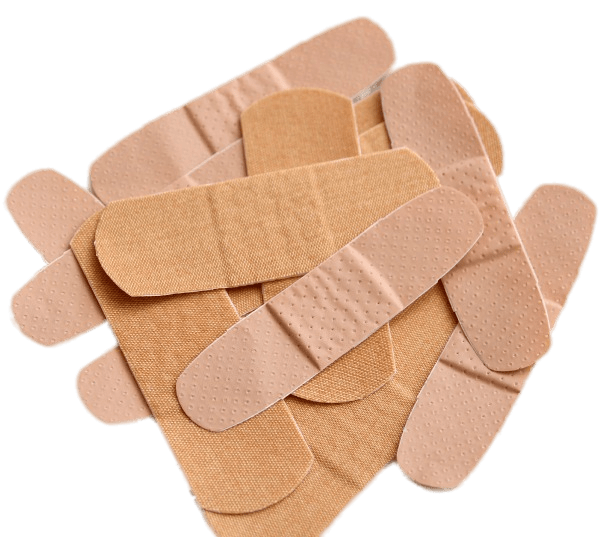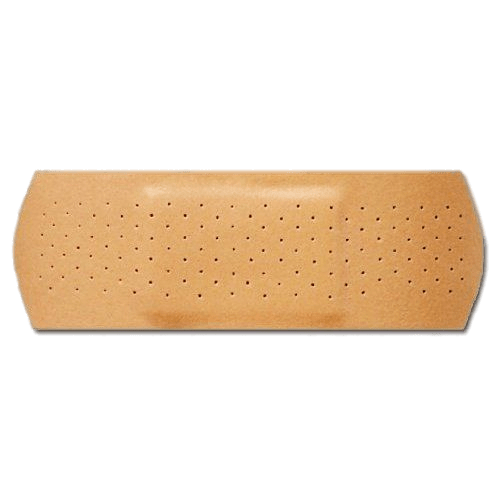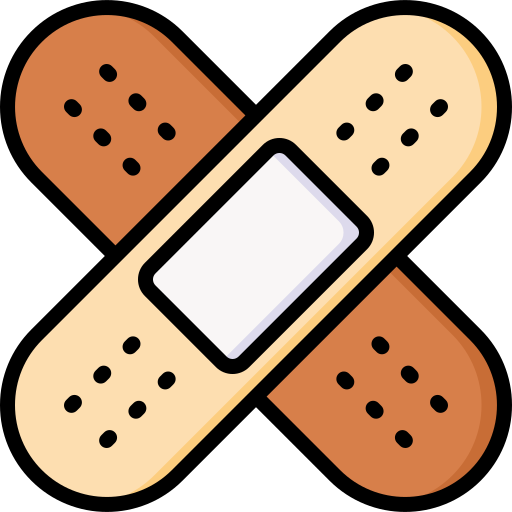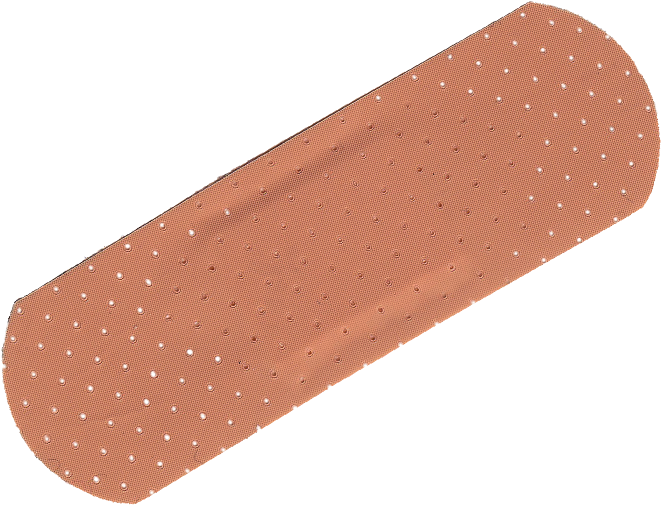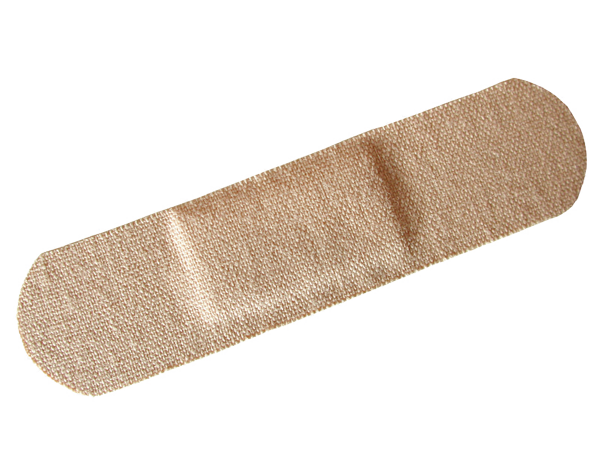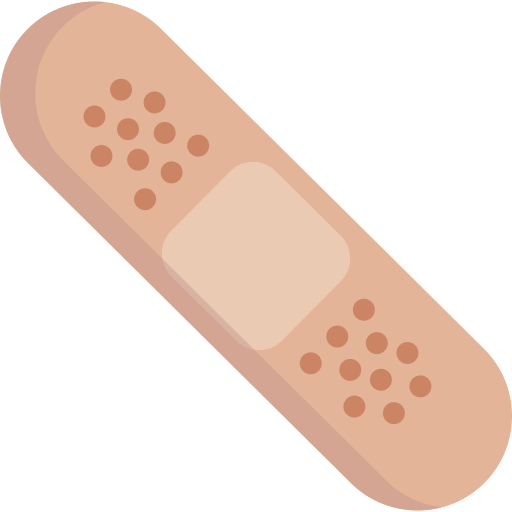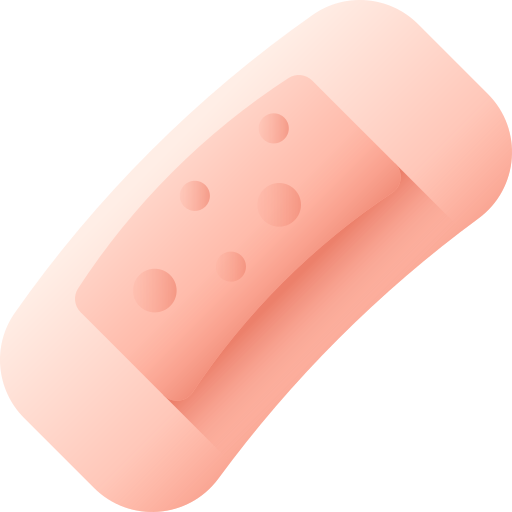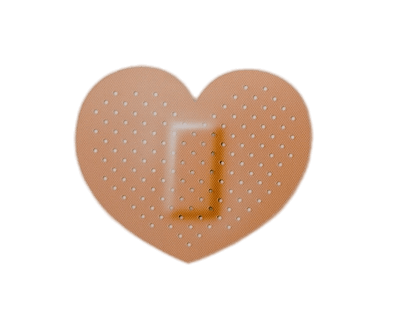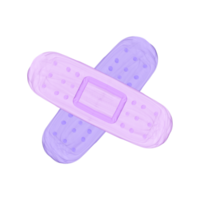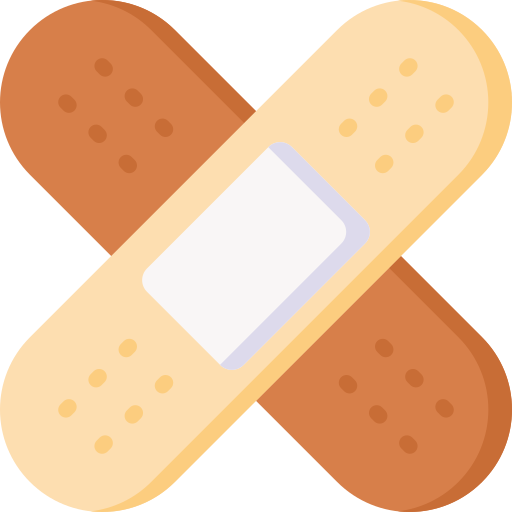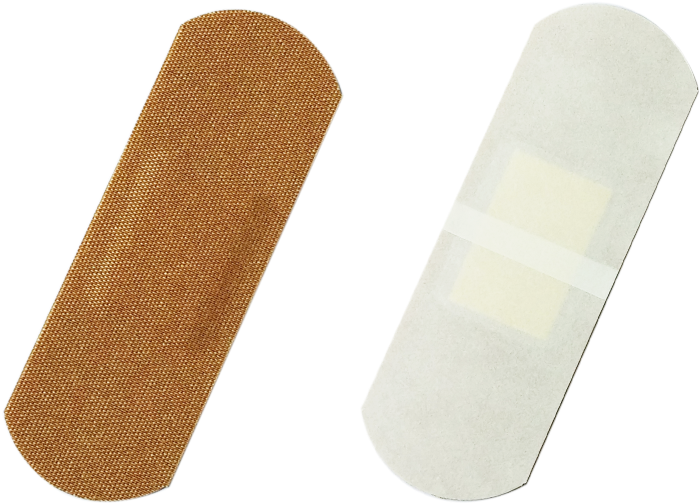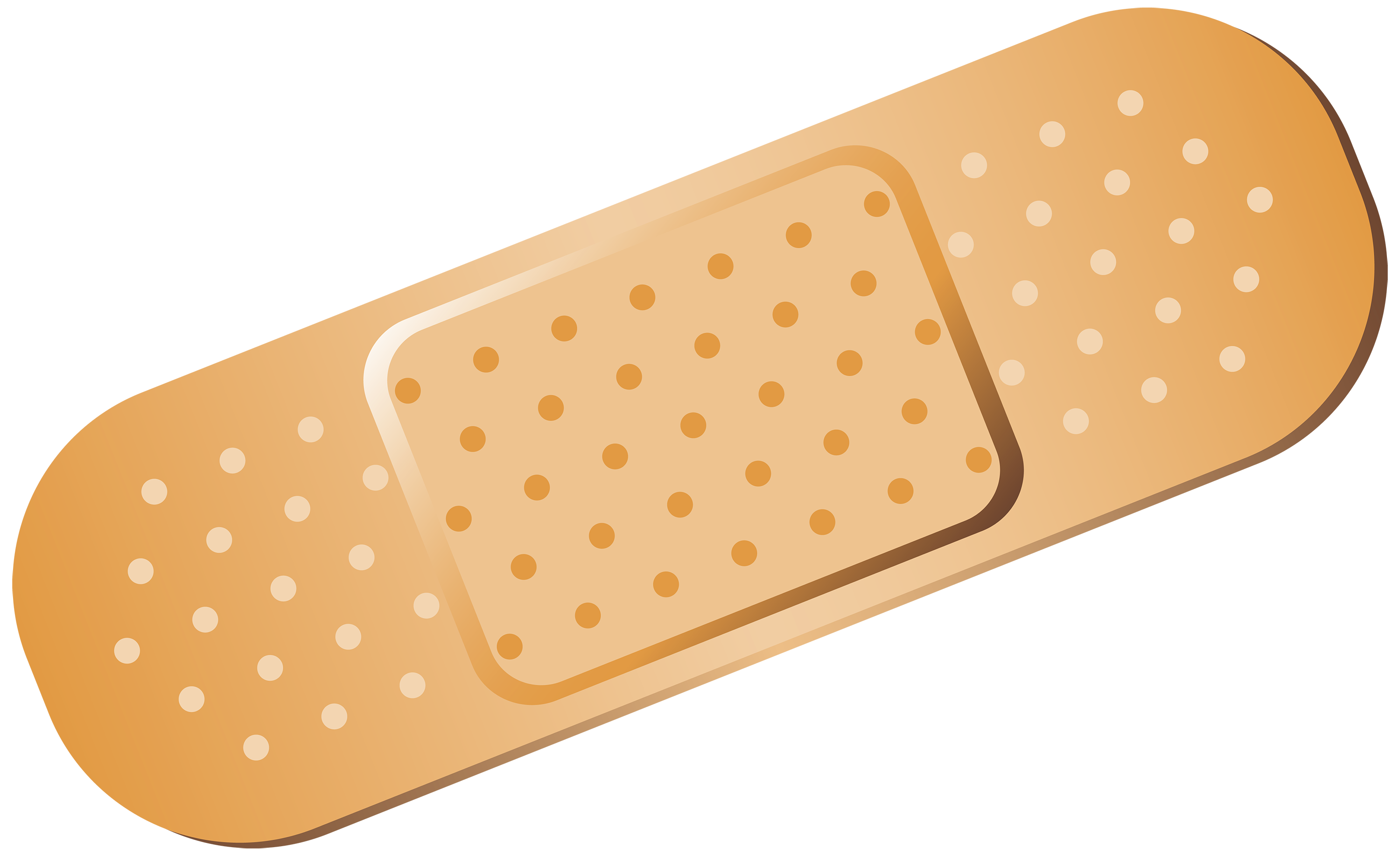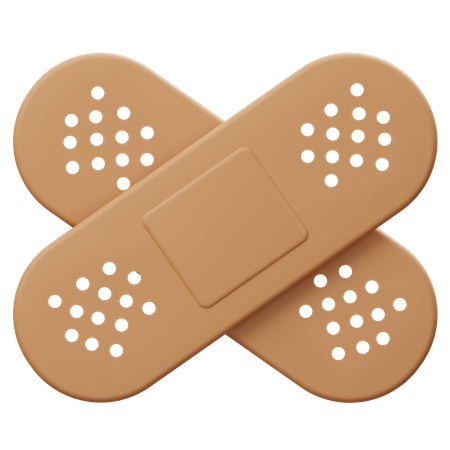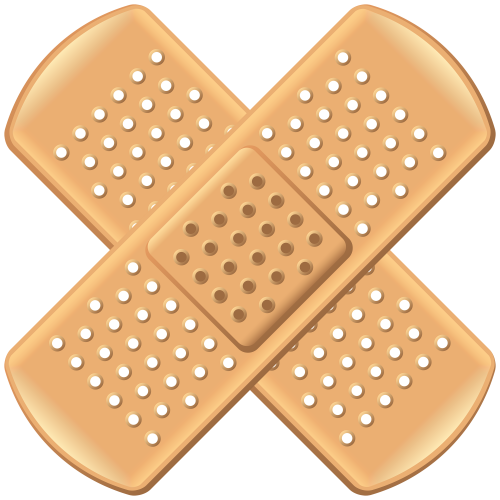Download top and best high-quality free Bandaid PNG Transparent Images backgrounds available in various sizes. To view the full PNG size resolution click on any of the below image thumbnail.
License Info: Creative Commons 4.0 BY-NC
Bandaid is a brand name for adhesive bandages that are used to cover and protect small wounds on the skin. It is a popular product that has been in use since the early 1920s and has become a household name around the world. There are different types of Bandaid available today, including waterproof, fabric, sheer, and more. This article will provide you with everything you need to know about Bandaid.
The History of Bandaid
The Bandaid brand was first introduced by Johnson & Johnson in 1920 after Earle Dickson, a cotton buyer for the company, invented a solution to help his wife with her cuts and burns. He created a small adhesive bandage that could be easily applied to the skin and was covered with a protective paper liner. Johnson & Johnson recognized the brilliance of this invention and began to manufacture the Bandaid product.
Initially, the Bandaid was made of cotton and adhesive and came in a small metal tin. In the 1950s, Johnson & Johnson introduced the plastic Bandaid, which was more durable, flexible, and waterproof. Today, the Bandaid has evolved to include different types of adhesive bandages that cater to different needs, including those for sensitive skin and children.
Types of Bandaid
Bandaid currently has different types of adhesive bandages in the market, including:
- Fabric Bandaid: these are made of woven fabric that is breathable, flexible, and stretchy. They are ideal for areas of the body that bend or move a lot.
- Waterproof Bandaid: this type of Bandaid is designed to stay on even when exposed to water. They are ideal for use during activities such as swimming, showering, or exercising.
- Sheer Bandaid: these are made of a thin, transparent material that blends in with the skin. They are ideal for use on the face or any other part of the body where appearance is key.
- Non-Stick Bandaid: these are coated with a non-stick material that makes them easy to remove without damaging the skin or causing pain.
- Children’s Bandaid: these are decorated with cartoon characters and other fun designs to make wearing a Bandaid more appealing and less scary for children.
- Sensitive Skin Bandaid: these are made of hypoallergenic materials that are less likely to cause an allergic reaction or skin irritation. They are ideal for people with sensitive skin.
How to Use a Bandaid
Using a Bandaid is simple and straightforward. Follow these steps:
- Clean the wound with soap and water and pat it dry with a clean cloth.
- Choose the right size and type of Bandaid that will cover the entire wound.
- Peel off the paper liner from the adhesive bandage and apply it firmly to the wound. Make sure there are no wrinkles or air bubbles.
- If the Bandaid gets wet or dirty, replace it with a new one.
Benefits of Using Bandaid
Using a Bandaid has several benefits, including:
- Protects the wound from dirt, germs, and further injury.
- Helps with the healing process by keeping the wound moist and preventing it from scabbing over.
- Relieves pain and discomfort by covering the wound and reducing friction.
- Prevents the wound from bleeding or oozing.
Bandaid is a simple yet effective solution for covering and protecting small wounds on the skin. It has been in use for decades and has evolved to include different types of adhesive bandages to cater to different needs. By following the steps outlined in this article, you can effectively use Bandaid to promote wound healing and prevent infections.
Download Bandaid PNG images transparent gallery
- Bandaid PNG Picture
Resolution: 400 × 400
Size: 68 KB
Image Format: .png
Download
- Bandaid PNG
Resolution: 450 × 450
Size: 123 KB
Image Format: .png
Download
- Bandaid Transparent
Resolution: 600 × 537
Size: 161 KB
Image Format: .png
Download
- Bandaid
Resolution: 500 × 500
Size: 56 KB
Image Format: .png
Download
- Bandaid No Background
Resolution: 512 × 512
Size: 37 KB
Image Format: .png
Download
- Bandaid PNG Clipart
Resolution: 200 × 200
Size: 5 KB
Image Format: .png
Download
- Bandaid PNG Cutout
Resolution: 661 × 505
Size: 475 KB
Image Format: .png
Download
- Bandaid PNG File
Resolution: 600 × 450
Size: 260 KB
Image Format: .png
Download
- Bandaid PNG Free Image
Resolution: 512 × 512
Size: 29 KB
Image Format: .png
Download
- Bandaid PNG HD Image
Resolution: 200 × 200
Size: 5 KB
Image Format: .png
Download
- Bandaid PNG Image File
Resolution: 512 × 512
Size: 34 KB
Image Format: .png
Download
- Bandaid PNG Image HD
Resolution: 400 × 321
Size: 32 KB
Image Format: .png
Download
- Bandaid PNG Image
Resolution: 200 × 200
Size: 25 KB
Image Format: .png
Download
- Bandaid PNG Images HD
Resolution: 512 × 512
Size: 27 KB
Image Format: .png
Download
- Bandaid PNG Images
Resolution: 700 × 504
Size: 458 KB
Image Format: .png
Download
- Bandaid PNG Photo
Resolution: 3000 × 1834
Size: 515 KB
Image Format: .png
Download
- Bandaid PNG Photos
Resolution: 450 × 450
Size: 124 KB
Image Format: .png
Download
- Bandaid PNG Pic
Resolution: 500 × 500
Size: 86 KB
Image Format: .png
Download
